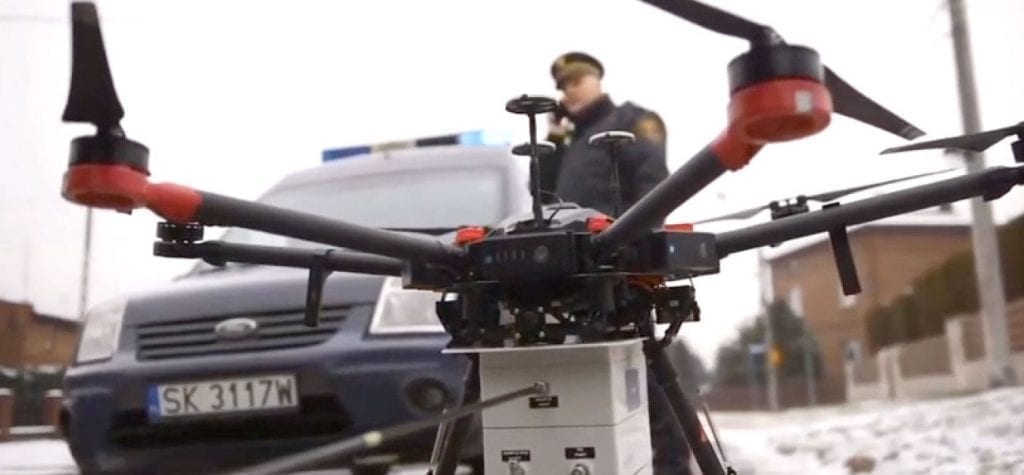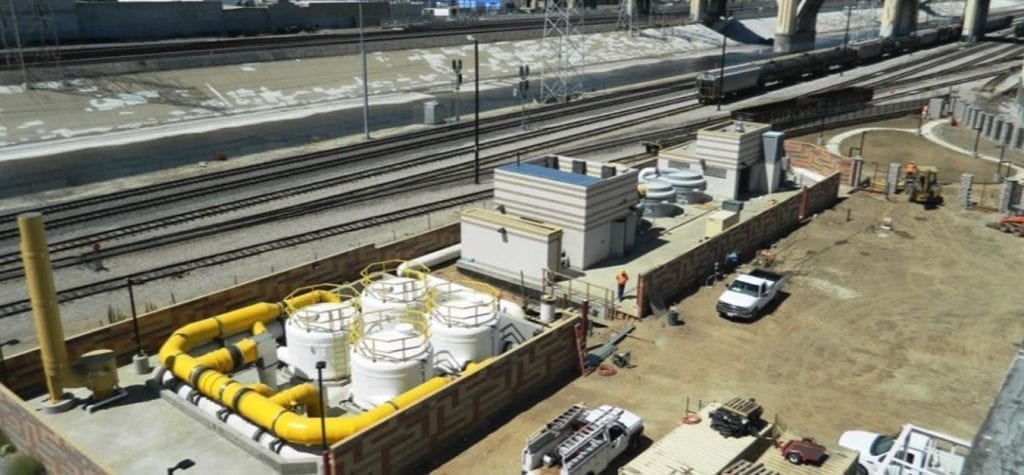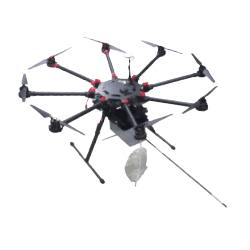Police using Scentroid’s Drone Environmental Monitoring to Combat Smog
It is a belief that smog kills more than 47,000 people each year in Poland alone. Smog levels increase in winters mostly due to the burning of solid fuels for residential heating. On some winter days, a haze obscures the lights of Polish city skyscrapers and the air smells like burning plastic. Millions of citizens […]
Police using Scentroid’s Drone Environmental Monitoring to Combat Smog Read More »




